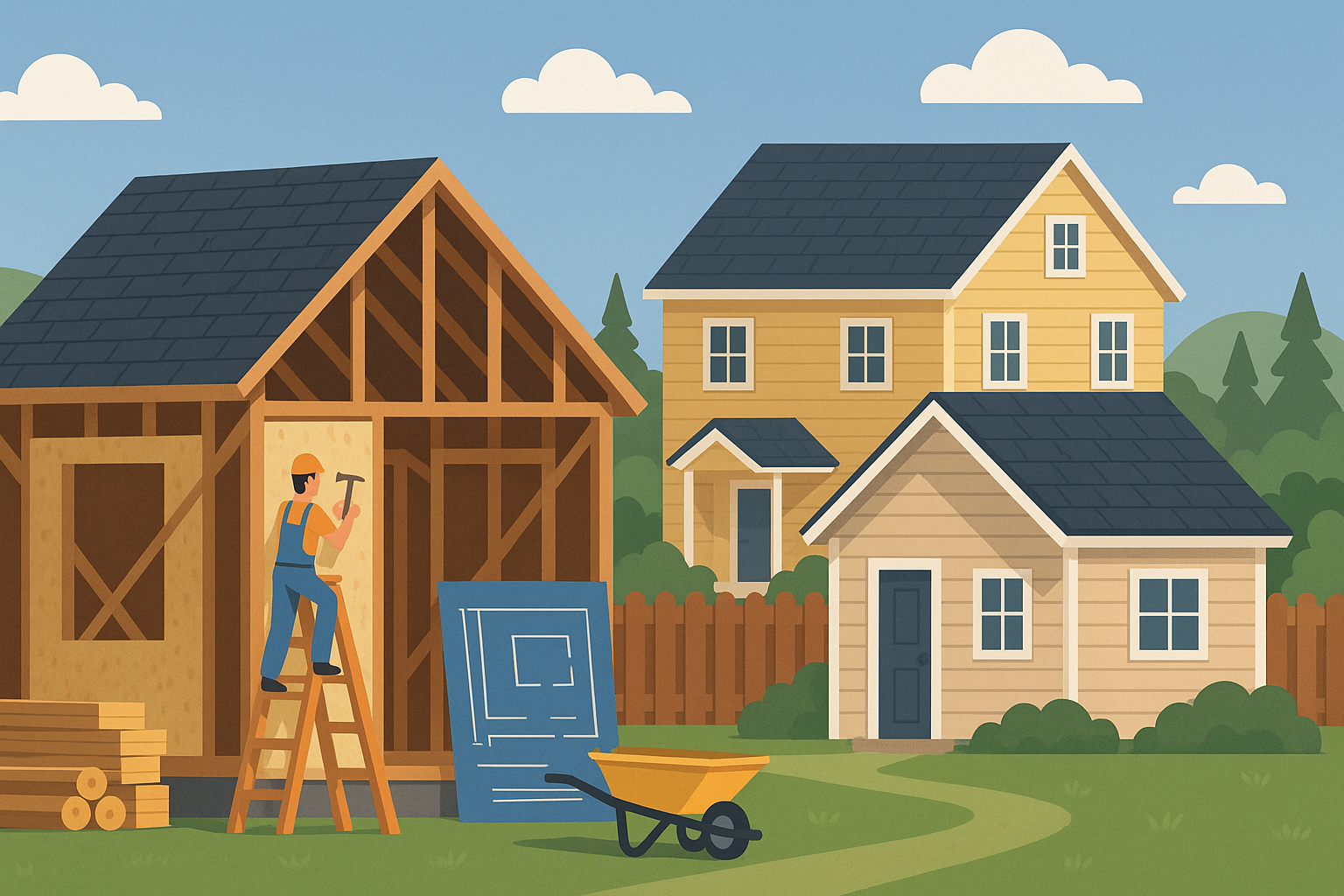
Estimated reading time: 7 minutes
Key Takeaways
- Expand Your Living Space: Accessory dwelling units offer flexibility for additional family or rental income.
- Permit Essentials: Both development and building permits are required before starting construction.
- Size Matters: Maximum unit sizes vary by zoning – 115 square metres in country residential zones and 80 square metres in others.
- Local Support: Sturgeon County provides updates and assistance to help you every step of the way.
- Diverse Options: Choose from basement suites, garage suites, or garden suites to suit your property needs.
Table of contents
Adding an accessory dwelling unit (ADU) to your property in Sturgeon County is a fantastic way to enhance your living space, accommodate family members, or generate additional income. Whether you’re considering a basement suite, a garden suite, or a garage suite, these self-contained units provide flexibility and value by expanding your housing options right on your property.
What is an Accessory Dwelling Unit?
An accessory dwelling unit is a fully self-contained living space located within or on the same lot as your primary residence. It is designed to complement your main home. As one homeowner put it, It’s the perfect blend of extra privacy and added convenience.
Permit Requirements
Before you begin construction, it’s crucial that your ADU complies with local standards and safety codes. You will need:
- * Completed development permit and building permit applications.
- * A detailed site plan showing the proposed unit location and distances to property lines.
- * A recent land title certificate (obtained within 30 days prior to application).
- * An abandoned oil well declaration with its accompanying map.
- * Alberta Transportation Roadside Development Permit, if within 800 metres of a highway.
- * Construction drawings that display floor layouts and elevations.
- * A private sewage system application, if required.
Maximum Unit Size
- Country Residential (R1) & Agriculture Residential (AG) Zones: Maximum area of 115 square metres (1,237 square feet).
- Other Residential Districts: Limit of 80 square metres (861 square feet).
Benefits of an Accessory Dwelling Unit
Choosing to add an ADU is not just about extra space. It simultaneously maximizes your property’s potential and contributes to housing diversity within the community. Many homeowners enjoy the flexibility of multi-generational living and the opportunity to generate a steady rental income.
Stay Informed
Sturgeon County is dedicated to keeping residents in the loop throughout the building process. With regular updates, newsletters, and community events, homeowners are continuously supported—from planning to completion.
Questions?
For further guidance about accessory dwelling units or to begin your application, contact the Sturgeon County office directly. The staff is ready to walk you through every step, ensuring your experience is as smooth and informed as possible.
Frequently Asked Questions
- What exactly is an ADU?
An ADU is a self-contained living space on the same property as your primary residence. It can be a basement suite, garage suite, or garden suite.
- Which permits do I need?
You need both a development permit and a building permit. Additional documentation, such as a site plan and land title certificate, is also required.
- How large can my accessory dwelling unit be?
This depends on your zoning area. In country residential and agriculture residential zones, you can have up to 115 square metres, while other residential districts limit you to 80 square metres.
- Who can I contact for more details?
Contact the Sturgeon County office for personalized guidance and further information regarding your ADU project.

Leave a Reply